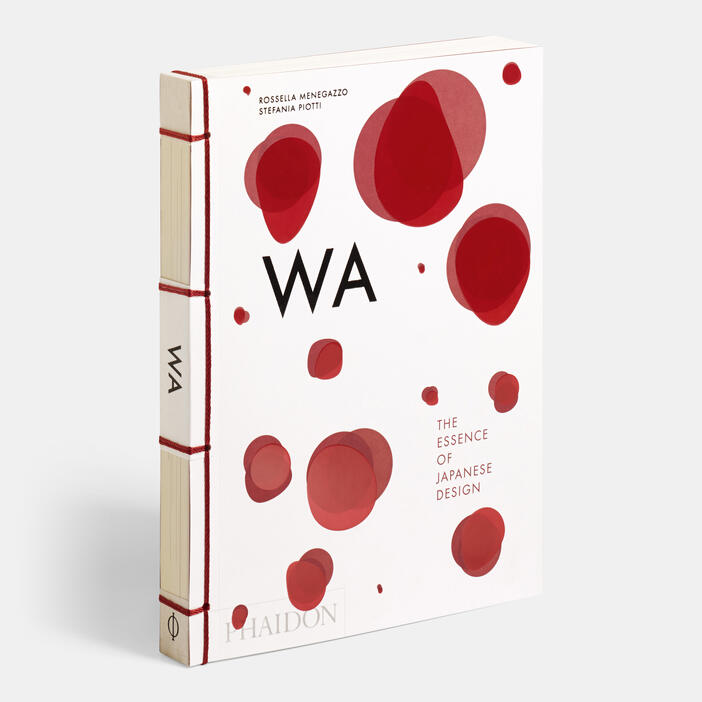
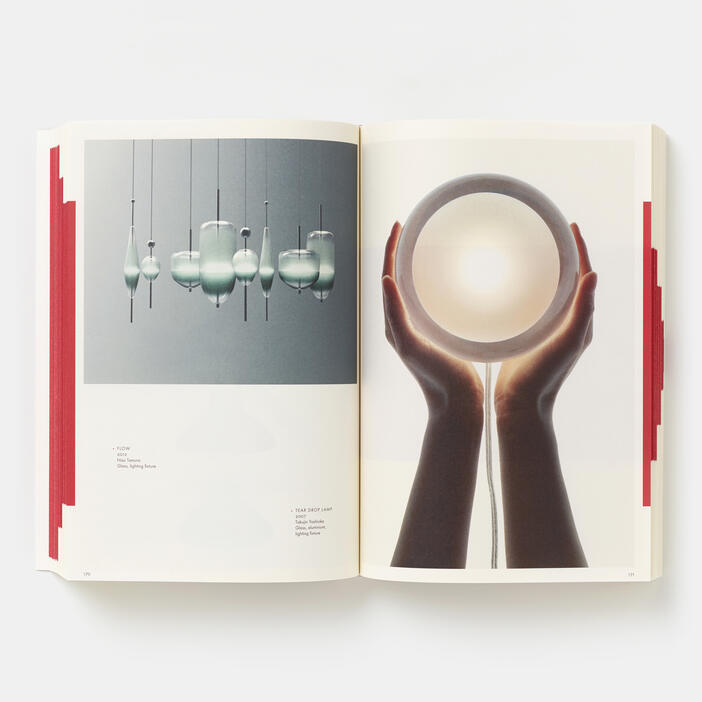
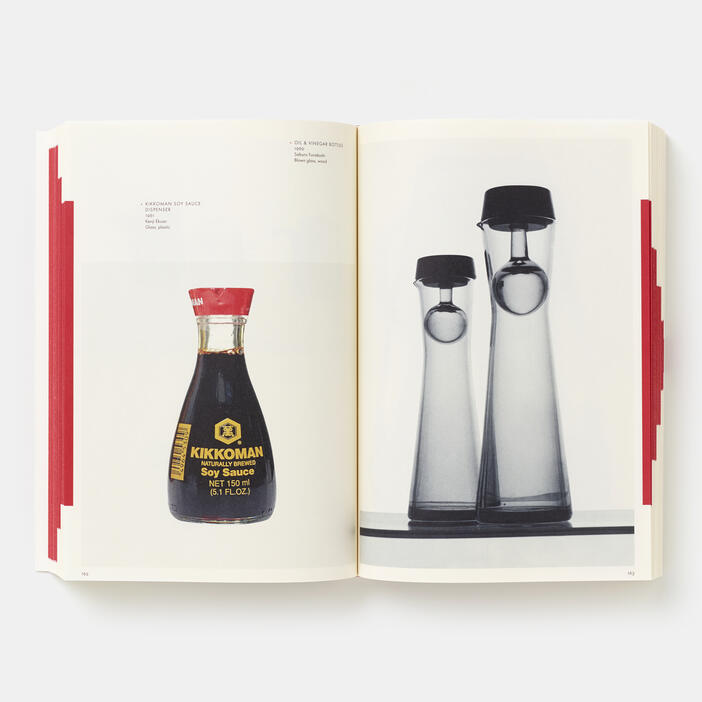
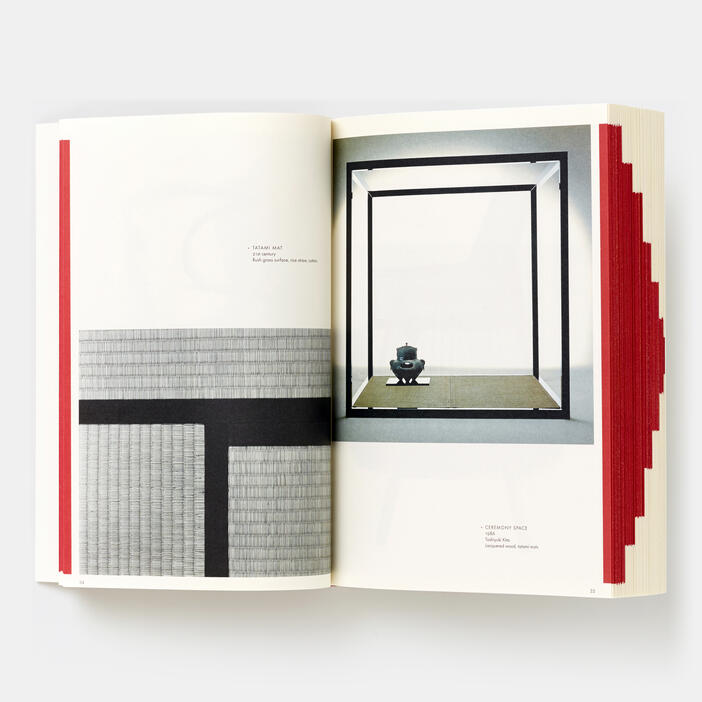
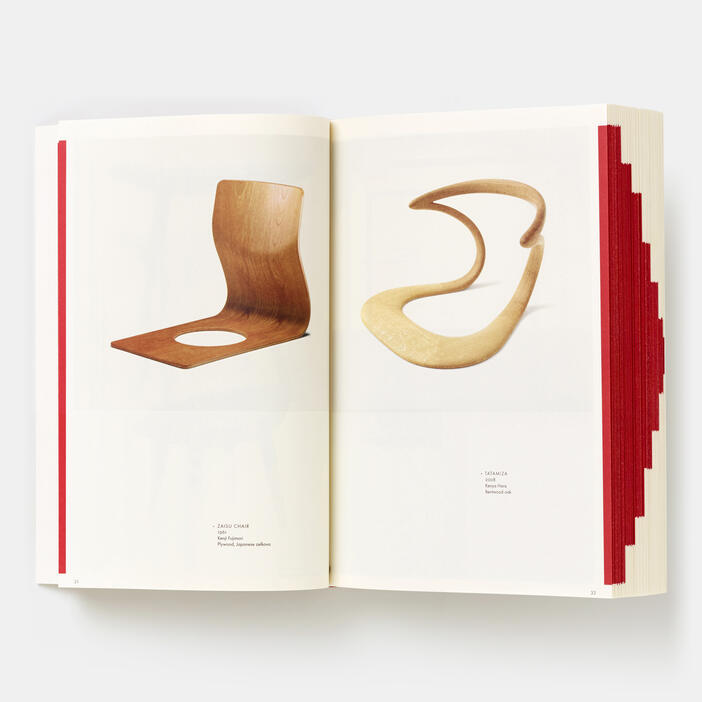
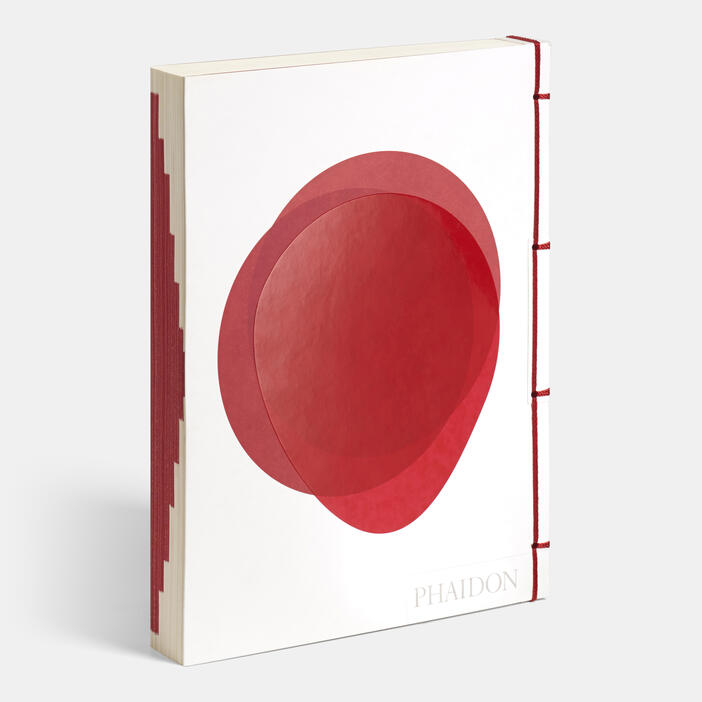
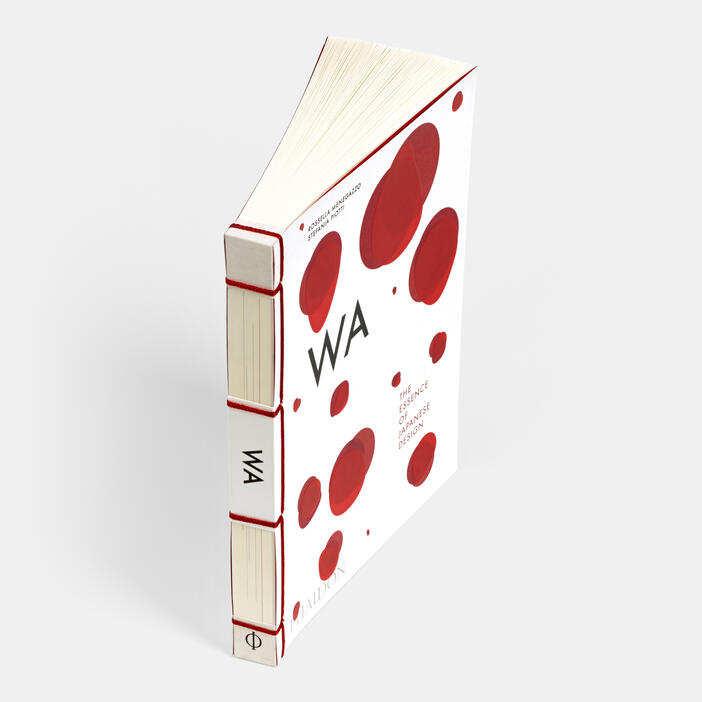
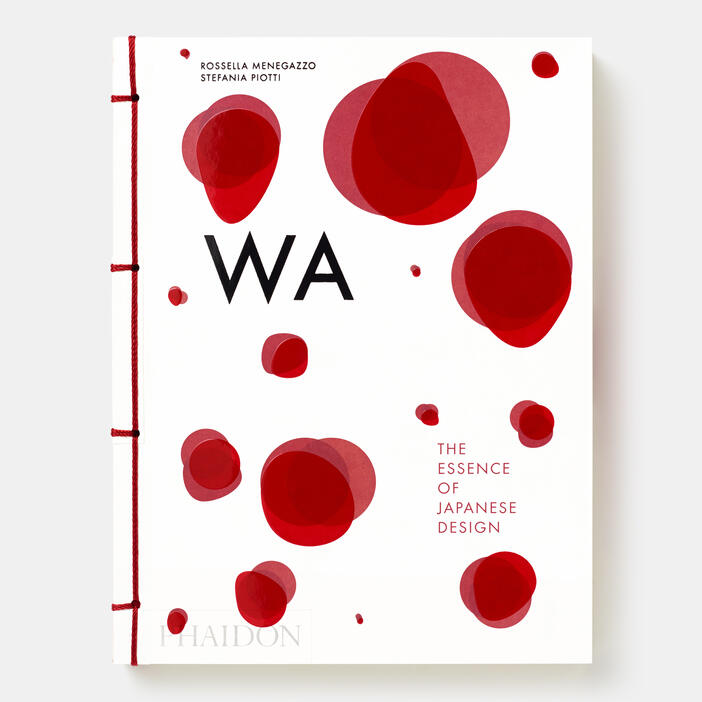
















WA: The Essence of Japanese Design
Price AUD$120.00 | Phaidon 100 Price CAD$79.95 | Phaidon 100 Price £59.95 | Phaidon 100 Price €69.95 | Phaidon 100 Price USD$79.95 | Phaidon 100 Price T79.95 | Phaidon 100
Through some 300 objects this book explores contemporary Japanese design: from everyday objects and packaging to interior design and lighting elements. Ultimately the book aims to explore the way in which Japanese design manages to harness its materials – whether natural or synthetic – and at the same time combines respect for tradition with forward-thinking and experimentation.
The objects featured were chosen because of their strong Japanese character and the influence this 'Japaneseness' has had on Western culture. Rather than following a chronological order or concentrating on the designers, this book focuses on the objects and is categorized by material, highlighting the strong link between design and material in Japan.
There will be a general introduction and then each section will have its own individual introduction:
- Synthetic/new materials
The book will include examples from some of the most important Japanese designers from Sori Yanagi and Shiro Kuramata to Naoto Fukasawa and Tokujin Yoshioka and there will be an introductory essay about Japanese design by Kenya Hara.
- Format: Hardback
- Size: 270 × 205 mm (10 5/8 × 8 1/8 in)
- Pages: 288 pp
- Illustrations: 300 illustrations
- ISBN: 9780714866963
Stefania Piotti received her BA in East Asian studies from Ca' Foscari University of Venice specializing in Japanese textiles and the development of kimono design and patterns in particular. She has worked as translator and scientific coordinator in various exhibitions on Japanese art and as editor of Italian and English publications such as Imai. A Retrospective (Electa, 1998), Hokusai (Phaidon, 2004) and Japan Style (Phaidon, 2007).
'A beautiful compendium ... What a shogun started in the 15th century still has currency today.' – New York Times
'Exquisite ... As an object itself, as well as a fantastic book that will further the knowledge and understanding of the sublime beauty of Japanese design.' – New York Magazine
'Menegazzo and Piotti distill centuries of the wabi-wabi way of life in this elegantly curated photograph album of everyday items... While minimalism might not be everyone's cup of green tea, those with the desire to pare down will surely find inspiration.' – Publishers Weekly
'Explores the beauty, essence, and enduring impact of Japanese design ... Printed on craft paper and bound in the traditional Japanese style with a stitched spine and folded pages, the book itself is an art masterpiece.' – Chopsticks Magazine
'For those unfamiliar with the Japanese term 'wa', it can be loosely translated to mean 'harmony.' The concept can be seen in many ways in Japanese culture; in this book it's defined through 250 objects - from a 16th century bamboo case to a 1950s Isamu Noguchi table to a modern-day silk robe by Kenzo. What you can be sure of: everything chosen for the book is beautifully designed - right down to the utilitarian Kikkoman soy sauce bottle.' – The New York Post
'I used to be a graphic designer, so I think books as objects, like Phaidon's WA: The Essence of Japanese Design, make exceptional gifts. Intricately bound, it showcases a collection of Japanese products, from food to ceramics.' – DuJour
'An intellectually honest and provocative introduction to the culture of Japanese design practices.' – Identity magazine